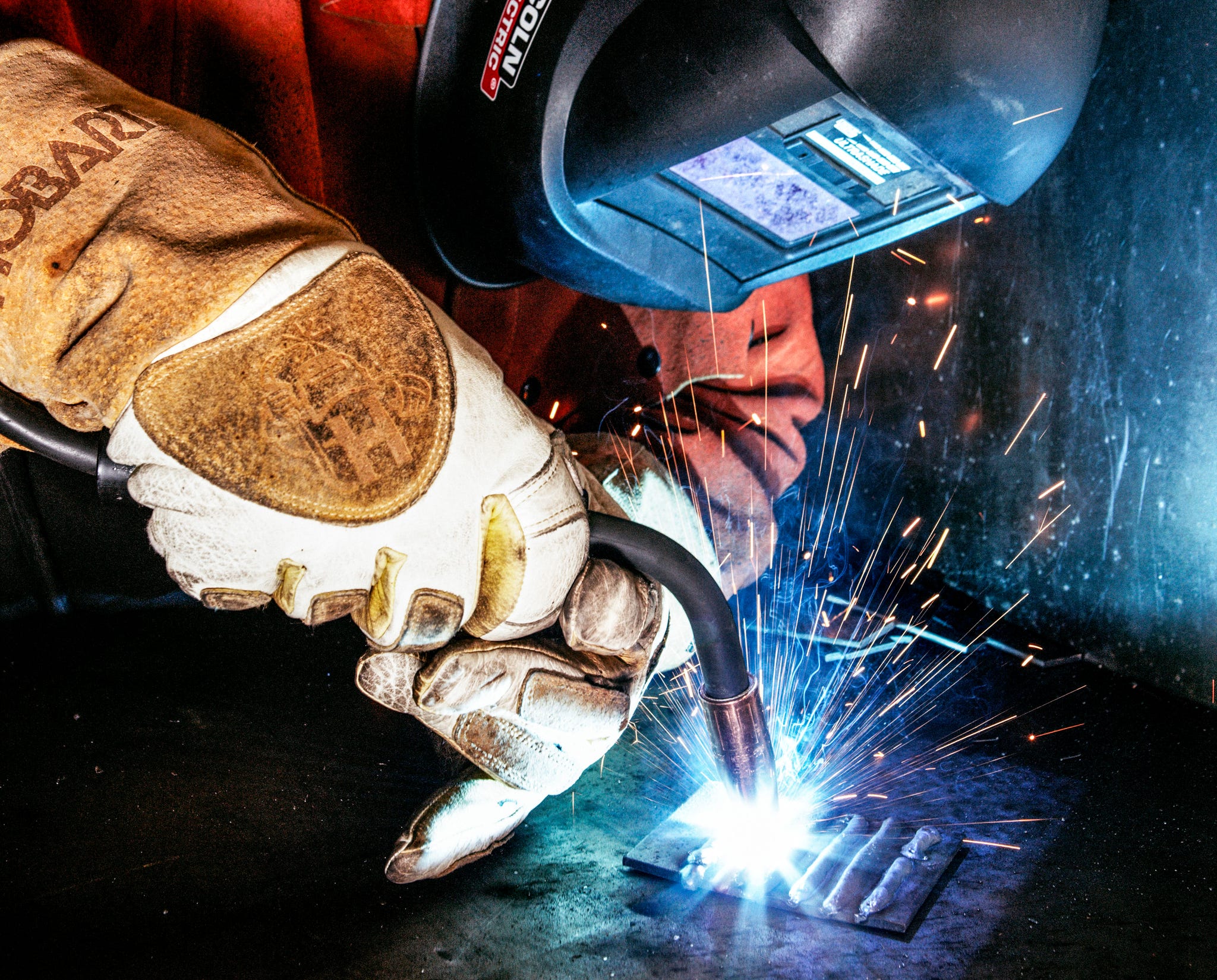Mastering Welding WPS Standards: Finest Practices and Techniques for Quality Welds
In the realm of welding, grasping Welding Treatment Spec (WPS) requirements is a critical part that straight influences the high quality and integrity of welds. Following these criteria makes certain consistency and dependability in welding end results. Nonetheless, attaining excellence in welds surpasses simply comprehending the requirements; it involves implementing ideal methods and methods that boost the craft to a degree of accuracy and skill that establishes apart the standard from the extraordinary. As we navigate with the complexities of welding WPS criteria, revealing essential understandings and methods for accomplishing top-tier welds will be critical for welders looking for to excel in their craft and create welds that stand the examination of time.
Understanding Welding WPS Criteria

Understanding WPS standards is vital for welders, examiners, and engineers involved in welding operations. By adhering to WPS guidelines, welders can generate welds that fulfill the called for mechanical properties and architectural stability. Inspectors count on WPS paperwork to confirm that welding procedures are being adhered to appropriately and that the resulting welds are of top quality. Designers use WPS criteria to make welding procedures that make sure the sturdiness and reliability of bonded frameworks.


Crucial Devices for High Quality Welds
Understanding welding WPS criteria is vital for welders to effectively utilize the vital tools needed for generating quality welds. One of one of the most important tools for top quality welds is a welding maker. The sort of welding device needed depends on the welding process being made use of, such as MIG, TIG, or stick welding. Welding safety helmets are additionally crucial to protect the welder's eyes and face from stimulates, heat, and UV radiation. In addition, welding gloves constructed from heat-resistant and long lasting products secure the hands from burns and injuries. Clamps and magnets help hold the workpieces with each other safely throughout the welding procedure, guaranteeing exact and specific welds. Cable brushes and breaking hammers are essential for cleaning up the weld joint prior to and after welding to remove any type of contaminations that might influence the high quality of the weld. Finally, a measuring tape and angle grinder serve tools for guaranteeing proper placement and preparing the work surfaces for welding.
Key Techniques for Welding Success
To achieve welding success, one need to grasp the crucial methods vital for generating high-quality welds. One crucial strategy is preserving the proper arc length. Keeping the electrode at the optimal range from the workpiece is important for producing solid, consistent welds. Additionally, managing the traveling rate is paramount. Moving also quickly can result in inadequate infiltration, while relocating too slowly can bring about extreme warmth input and possible problems. Appropriate adjustment of the electrode angle is an additional vital method. The angle at which the electrode is held can impact the grain form and infiltration of the weld. In addition, ensuring consistent gun angle and instructions of traveling is important for uniformity in the weld grain. Last but find more not least, keeping a constant hand and a stable welding position throughout the process is essential to accomplishing precision and consistency in the welds. By grasping these essential methods, welders can raise the high quality of their work and achieve welding success.
Ensuring Compliance With WPS Standards

In addition, welders ought to go through training to familiarize themselves with the WPS requirements appropriate to their job. Routine audits and assessments need to be performed to validate that welding tasks straighten with the suggested WPS standards. Furthermore, preserving comprehensive documents of welding criteria, tools calibration, and examination outcomes is vital for showing conformity with WPS standards - welding WPS. By faithfully sticking to WPS requirements, welders can guarantee that their work meets the required top quality degrees and adds to the general success of the welding project.
Troubleshooting Common Welding Issues
When encountered with typical welding issues, recognizing the origin cause is crucial for reliable troubleshooting. One common problem is the visibility of porosity in welds, commonly triggered by contaminants such as oil, corrosion, or wetness. To resolve this, guaranteeing correct cleaning of the base steel before welding and making use of the right shielding gas can dramatically lower porosity. An additional problem regularly come across is lack of fusion, where the weld falls short to properly bond with the base product. This can stem from insufficient warmth input or incorrect welding strategy. Readjusting parameters such as voltage, cable feed rate, or travel rate can assist boost blend. Furthermore, distortion, fracturing, and spatter are common welding obstacles that can be mitigated through proper joint preparation, regular heat control, and choosing the ideal welding consumables. By thoroughly comprehending these typical welding concerns and their origin, welders can effectively troubleshoot problems and accomplish high-grade welds.
Final Thought
In final thought, grasping welding WPS criteria calls for a detailed understanding of the standards, making use of essential tools, and implementing essential techniques for successful welds. Ensuring compliance with WPS standards is crucial for producing quality welds and avoiding usual welding concerns. By adhering to finest techniques and strategies, welders can achieve dependable and constant results in their welding projects.
In the world of welding, understanding Welding Treatment Spec (WPS) requirements is a vital component that directly affects the high quality and stability of welds.When delving right into the world of welding this content practices, a crucial facet to comprehend is the relevance and ins and outs of Welding Procedure Requirements (WPS) requirements. WPS standards provide a thorough guideline for welding operations, making certain uniformity, quality, and safety and security in the welding procedure. The type of welding equipment needed depends on the welding procedure being utilized, such as MIG, TIG, or stick welding.Achieving welding success via the mastery of vital strategies demands an extensive understanding and adherence to Welding Treatment published here Spec (WPS) standards.
Comments on “Advanced Welding WPS: Customizing Specifications for Complex Projects”